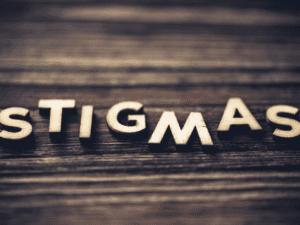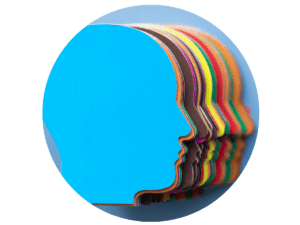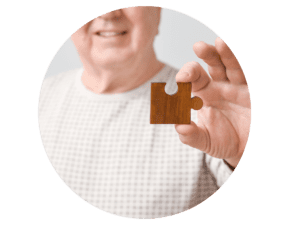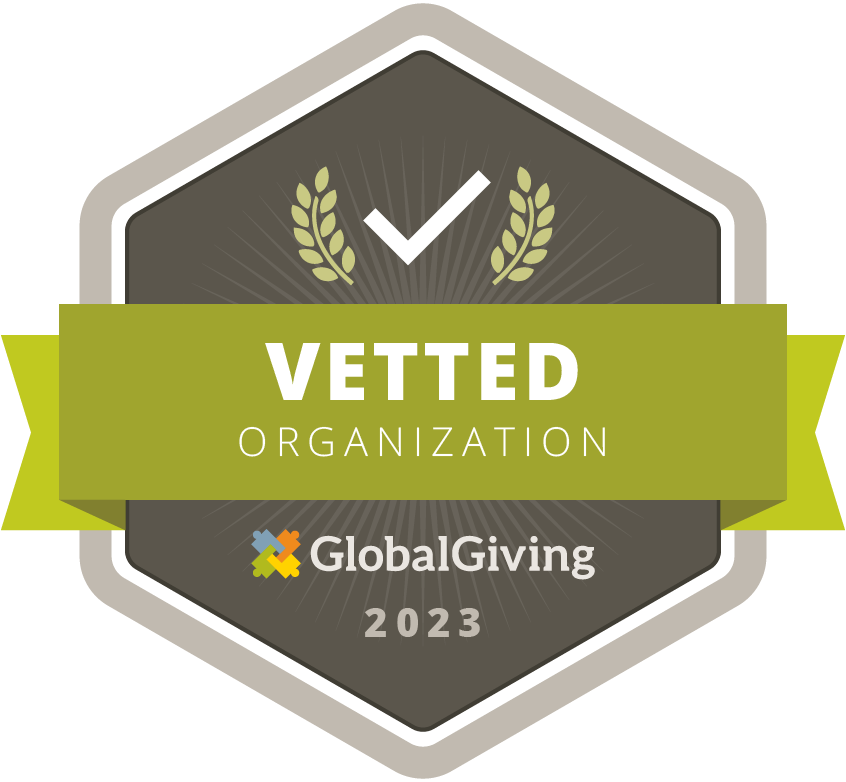 May is a significant month as it brings awareness not only to mental health but also to the sacrifices and challenges faced by the military community. It’s a fitting time to discuss an issue that deeply impacts both areas: the stigma surrounding mental health.
May is a significant month as it brings awareness not only to mental health but also to the sacrifices and challenges faced by the military community. It’s a fitting time to discuss an issue that deeply impacts both areas: the stigma surrounding mental health.
Stigma is pervasive in many parts of our society. To name a few: immigrant communities, professions with high stress jobs, the LGBTQ+ community, people who experience homelessness, rural populations, religious communities, and the ones mentioned below. Each community faces unique challenges in addressing mental health stigma, often requiring customized approaches to effectively support and encourage individuals to seek help.
The Cultural Dimension of Mental Health Stigma
It’s old news that mental health stigma is not a monolithic experience; it varies significantly across different cultures. In many Western societies, there has been a progressive shift towards openness and acceptance regarding mental health discussions. However, considerable challenges remain, particularly in cultures where emotional and psychological struggles are perceived as personal failings or family matters, not to be aired publicly.
For instance, in some Asian cultures, mental health issues are often stigmatized due to the high value placed on social harmony and family honor. Admitting to mental health struggles can be seen as bringing shame to the family. In contrast, Hispanic and Latino communities might experience similar stigma, compounded by language barriers and access to care issues, making them less likely to seek out mental health services. According to the American Psychiatric Association, only about 33% of Hispanic adults with mental illness receive treatment each year compared to the U.S. average of 43%.
Please note, the use of these examples is not exhaustive but serves to highlight the presence of cultural stigma surrounding mental health in various communities. There are many other groups that also experience similar challenges. 
Professional Stigma: The Case of the Military
Professional environments also profoundly shape attitudes towards mental health. One striking example is the military, where mental health stigma is particularly potent. Within the armed forces, there is a pervasive culture that equates mental toughness with physical strength and emotional stoicism. Admitting to mental health challenges is often seen as a sign of weakness, potentially jeopardizing one’s career, reputation, and role within the unit.
Statistics paint a concerning picture: according to a report from the Substance Abuse and Mental Health Services Administration (SAMHSA), nearly 25% of active duty members show signs of a mental health condition. However, stigma leads to underreporting and under-treatment. The Department of Defense’s 2014 survey found that only about 50% of military personnel who reported serious psychological distress sought mental health services. The repercussions of this are severe, not only affecting military readiness but also contributing to high rates of suicide among veterans. Indeed, the veteran suicide rate is 1.5 times greater than for civilians, according to data from the Department of Veterans Affairs.
Now, don’t let consistent connection of our military community to suicide in the media fool you. It’s not a “military” problem and the main reason why Give an Hour is highlighting it here is because we provide important mental health services to this community and have been since 2005. However, there are similar storylines in other professional groups. According to the CDC, major industry groups with the highest suicide rates included mining, construction, art/entertainment/recreation, agriculture, construction, farming, and a few more. In fact, nail salons for females and spectator sport for males were both in the top five for highest suicide rates by detailed industry groups.
Age-Related Stigma
 Age also influences how mental health stigma is experienced. Young people face tremendous pressure from social media and their peers, which can exacerbate feelings of inadequacy and anxiety. Fear of judgment means many young individuals suffer in silence. Research shows that 50% of all lifetime mental illness begins by age 14, and 75% by age 24, yet early symptoms often go unrecognized and untreated.
Age also influences how mental health stigma is experienced. Young people face tremendous pressure from social media and their peers, which can exacerbate feelings of inadequacy and anxiety. Fear of judgment means many young individuals suffer in silence. Research shows that 50% of all lifetime mental illness begins by age 14, and 75% by age 24, yet early symptoms often go unrecognized and untreated.
On the other end of the spectrum, older adults who grew up in eras with more pronounced mental health stigma might view mental health struggles as a taboo topic, making them less likely to seek help or even discuss their experiences.
The Impact of Not Receiving Help
The implications of untreated mental health issues are extensive. They range from deteriorating personal health and wellbeing to strained relationships and reduced professional productivity. In the context of the military, the stakes are even higher. Untreated mental health issues can compromise operational readiness and safety, impacting not just the individual but entire units. Sadly, also receiving help can compromise the professional trajectory of a military career, hello stigma!
Moving Forward: Letting Go of Stigma
To combat mental health stigma, a multifaceted approach is needed. Education plays a critical role in debunking myths and normalizing mental health discussions. In the military, initiatives like mandatory mental health screenings and integrating mental health training with regular training routines could help normalize care-seeking behavior. Give an Hour is exploring this space with our Military partners with our peer support trainings.
Communities and leaders must advocate to improve access to mental health services and honestly consider the impact of receiving these services, ensuring these services are culturally competent and accessible to everyone, regardless of background or profession. For those in the military, enhancing confidentiality and offering support programs tailored to their unique experiences and needs can encourage more service members to seek help.
 In recognition of the nuanced and multifaceted nature of mental health stigma, it’s crucial to devote time and effort towards understanding and addressing these challenges thoughtfully. Give an Hour actively prioritizes listening and learning from those we serve in order to mitigate stigma. Read more about our approach here. By providing tools, language, and services that do not perpetuate stigma, Give an Hour plays a vital role in reshaping perceptions and approaches. For example, our Face the Five: Signs Everyone Needs to Know as well as our new Silent Six are common languages that individuals can choose to adopt to help reframe as well as communicate mental health needs and understanding.
In recognition of the nuanced and multifaceted nature of mental health stigma, it’s crucial to devote time and effort towards understanding and addressing these challenges thoughtfully. Give an Hour actively prioritizes listening and learning from those we serve in order to mitigate stigma. Read more about our approach here. By providing tools, language, and services that do not perpetuate stigma, Give an Hour plays a vital role in reshaping perceptions and approaches. For example, our Face the Five: Signs Everyone Needs to Know as well as our new Silent Six are common languages that individuals can choose to adopt to help reframe as well as communicate mental health needs and understanding.  Moreover, the organization consistently and thoughtfully acknowledges the existing stigmas that individuals and communities experience, recognizing their deeply ingrained realities. While we cannot compel belief or change, our approach is to meet people where they are, providing gentle guidance towards healing and understanding. This respectful stance is essential, as progress cannot be made until we collectively move beyond these stigmas.
Moreover, the organization consistently and thoughtfully acknowledges the existing stigmas that individuals and communities experience, recognizing their deeply ingrained realities. While we cannot compel belief or change, our approach is to meet people where they are, providing gentle guidance towards healing and understanding. This respectful stance is essential, as progress cannot be made until we collectively move beyond these stigmas.
As we observe Mental Health Month and Military Appreciation Month, reducing stigma, increasing awareness, and improving access to mental health services are crucial steps toward a healthier, more understanding society where no one has to suffer in silence.





